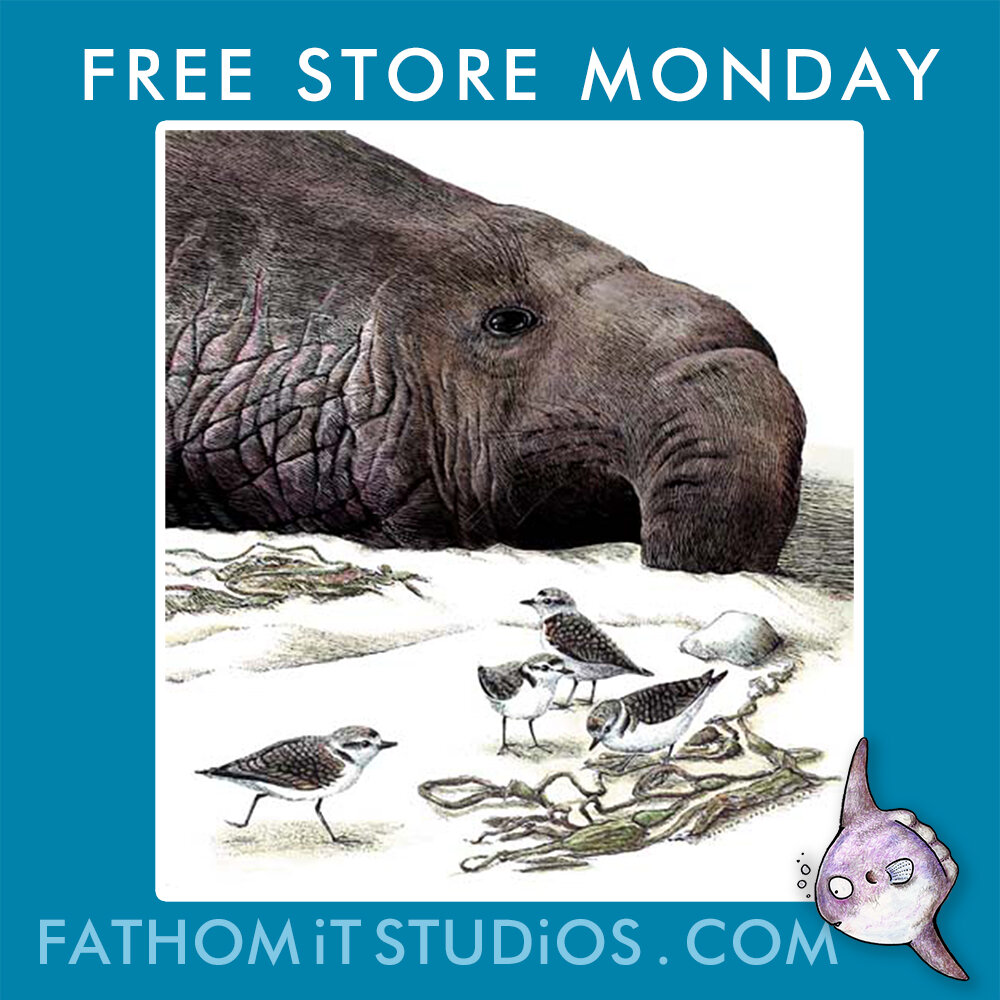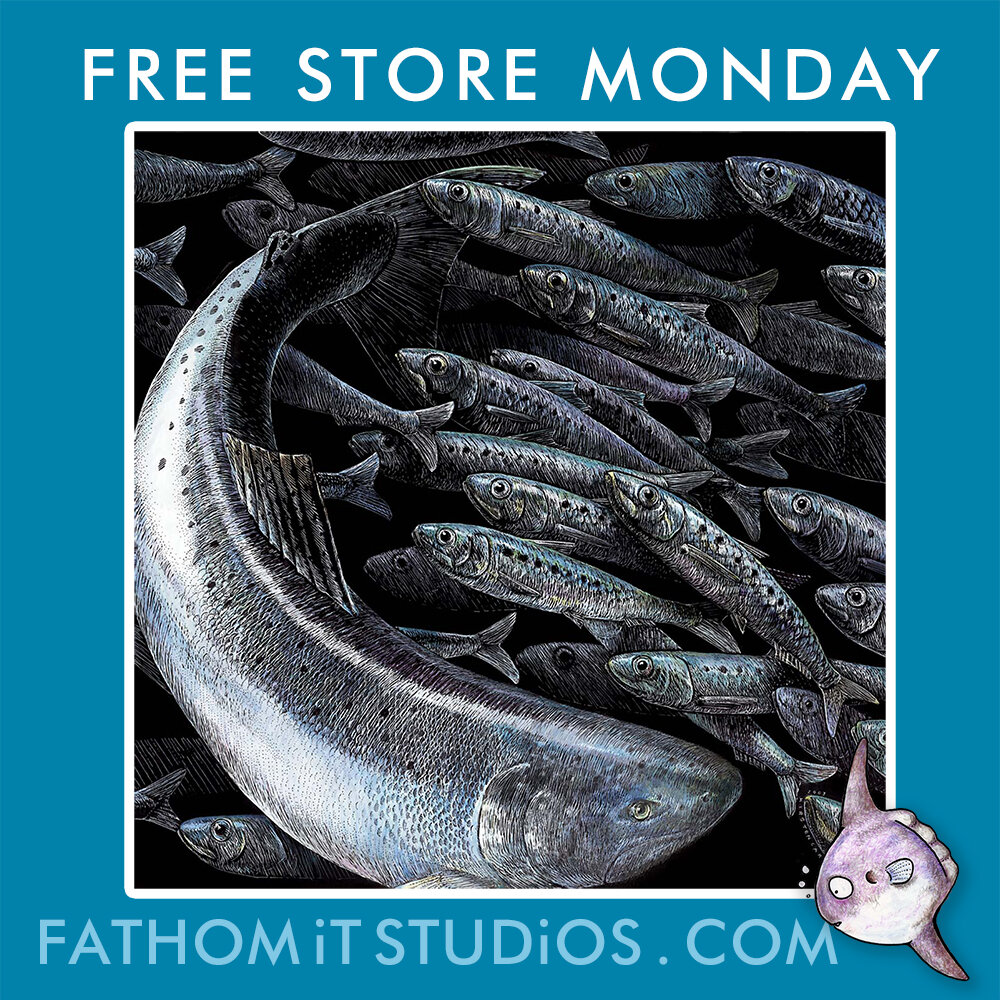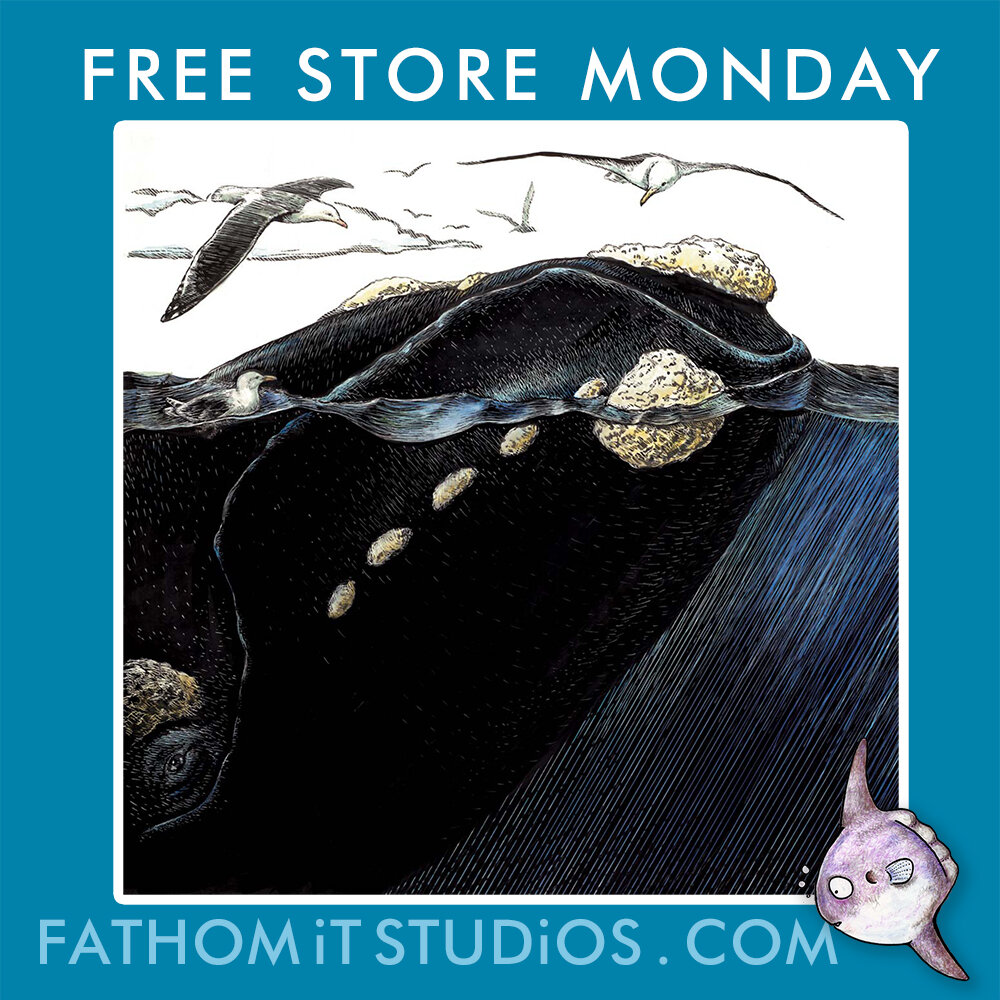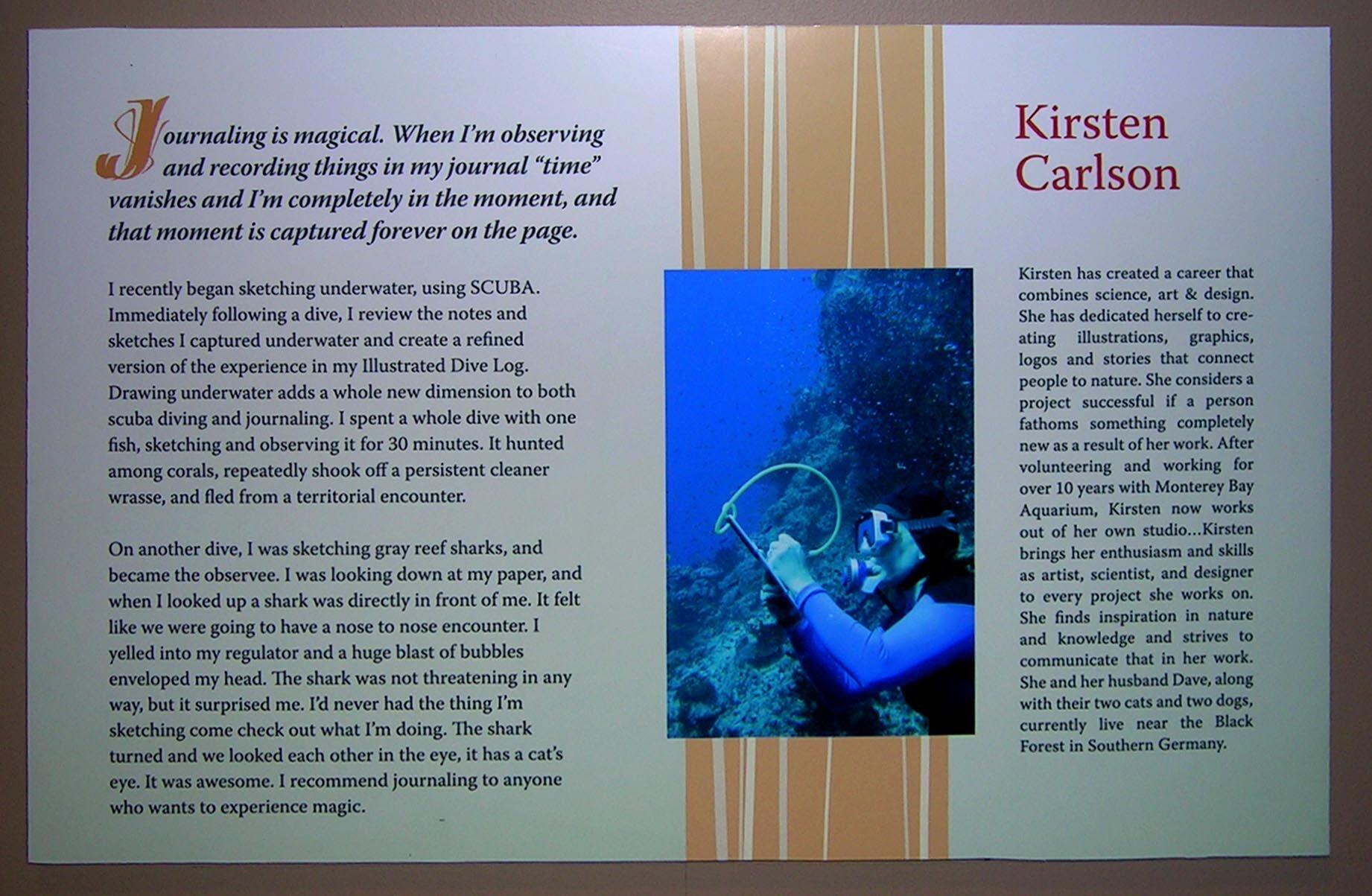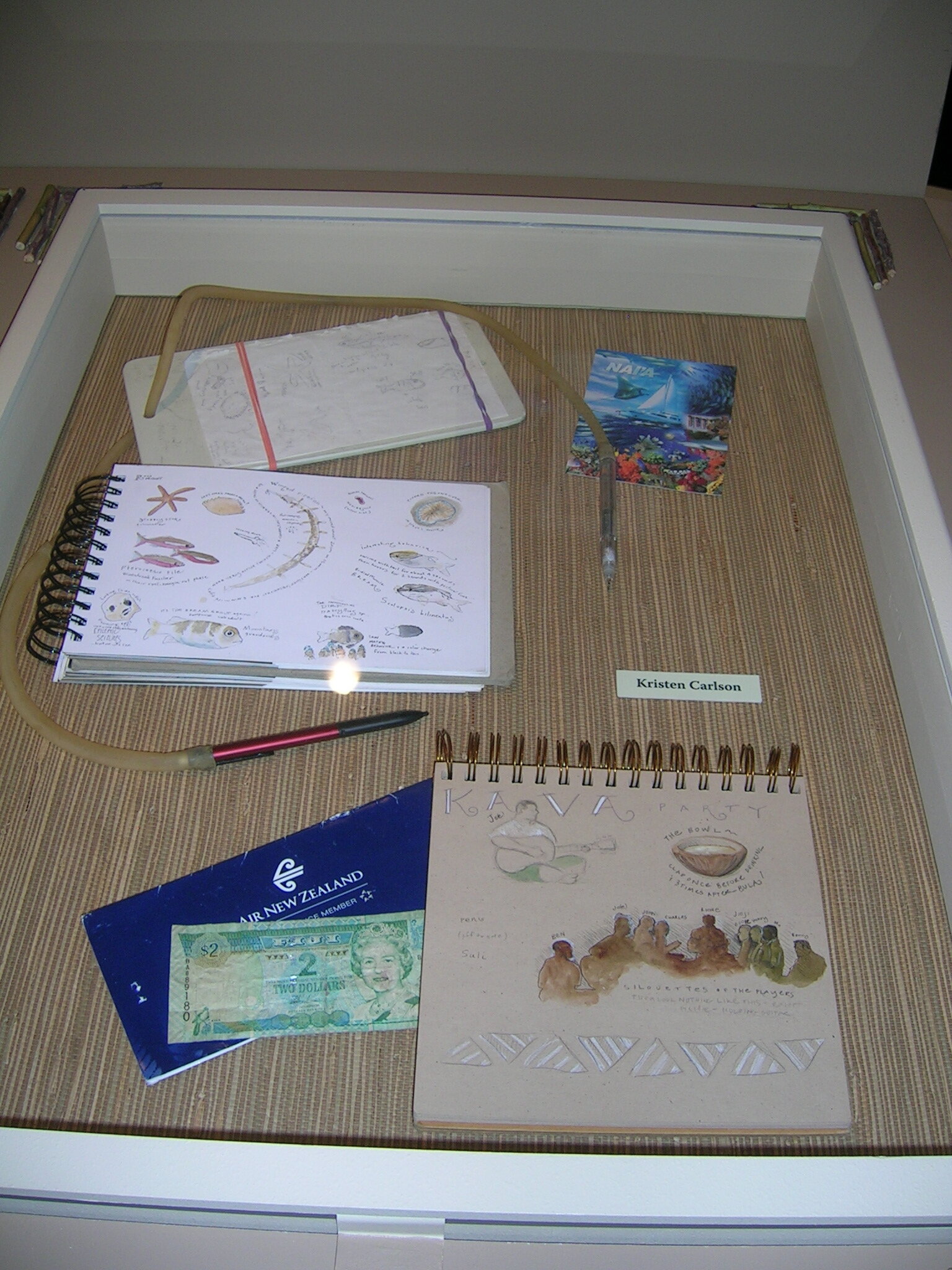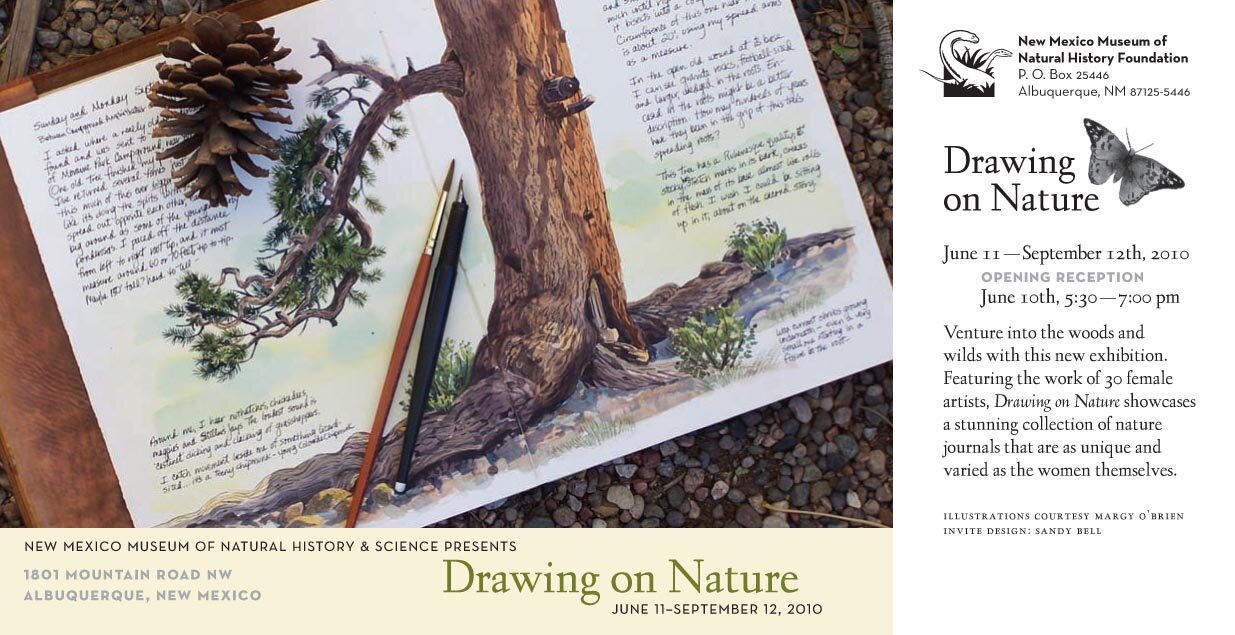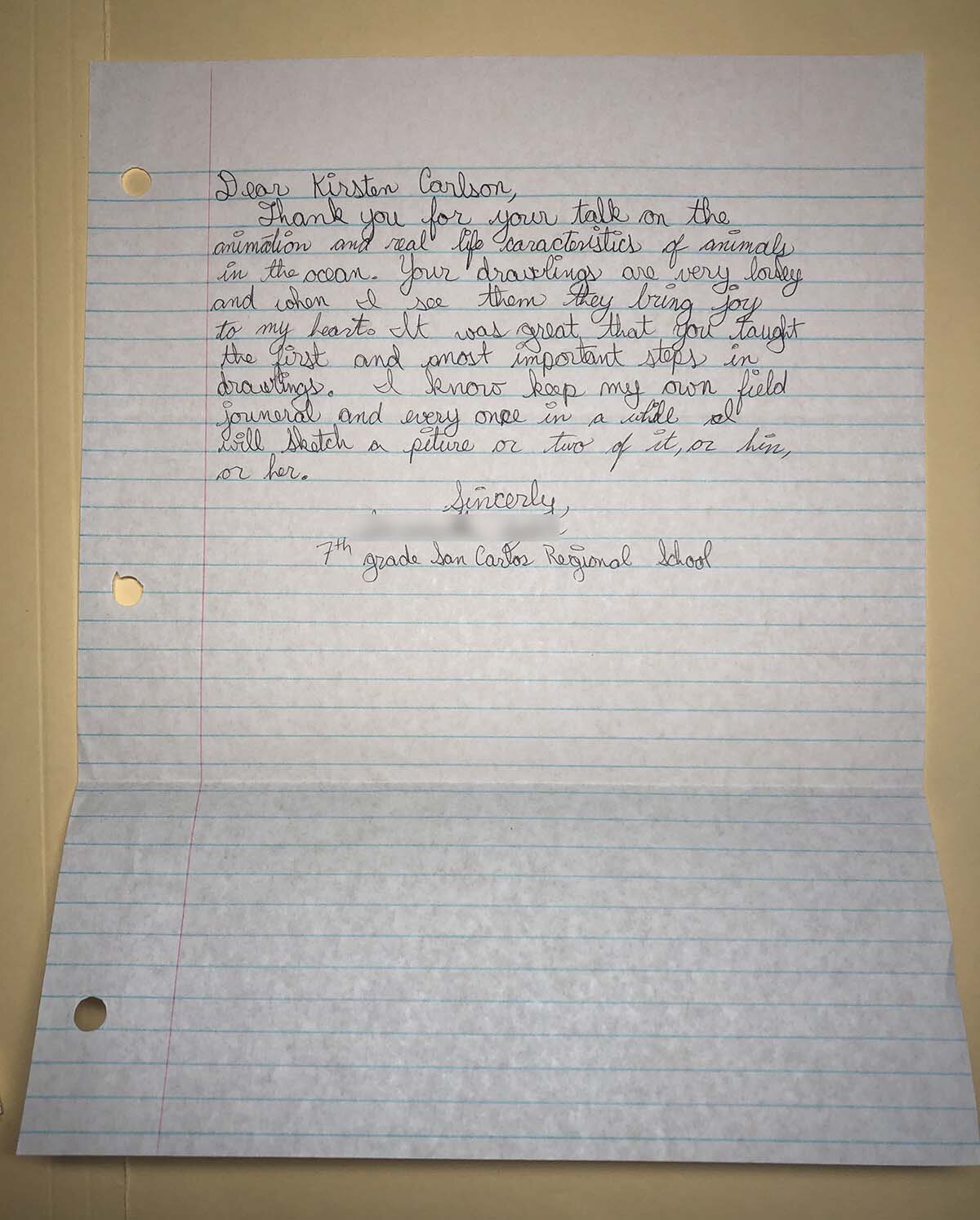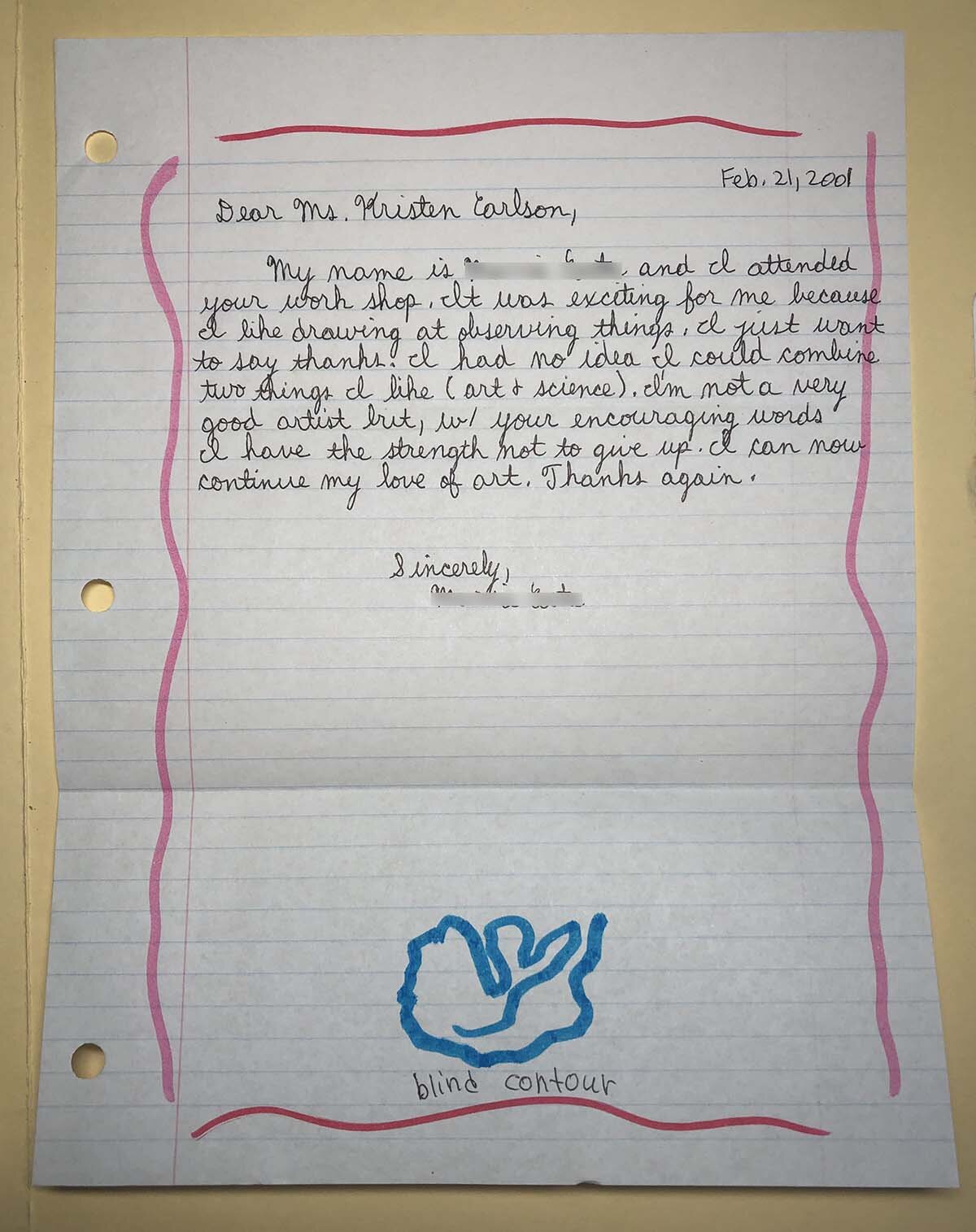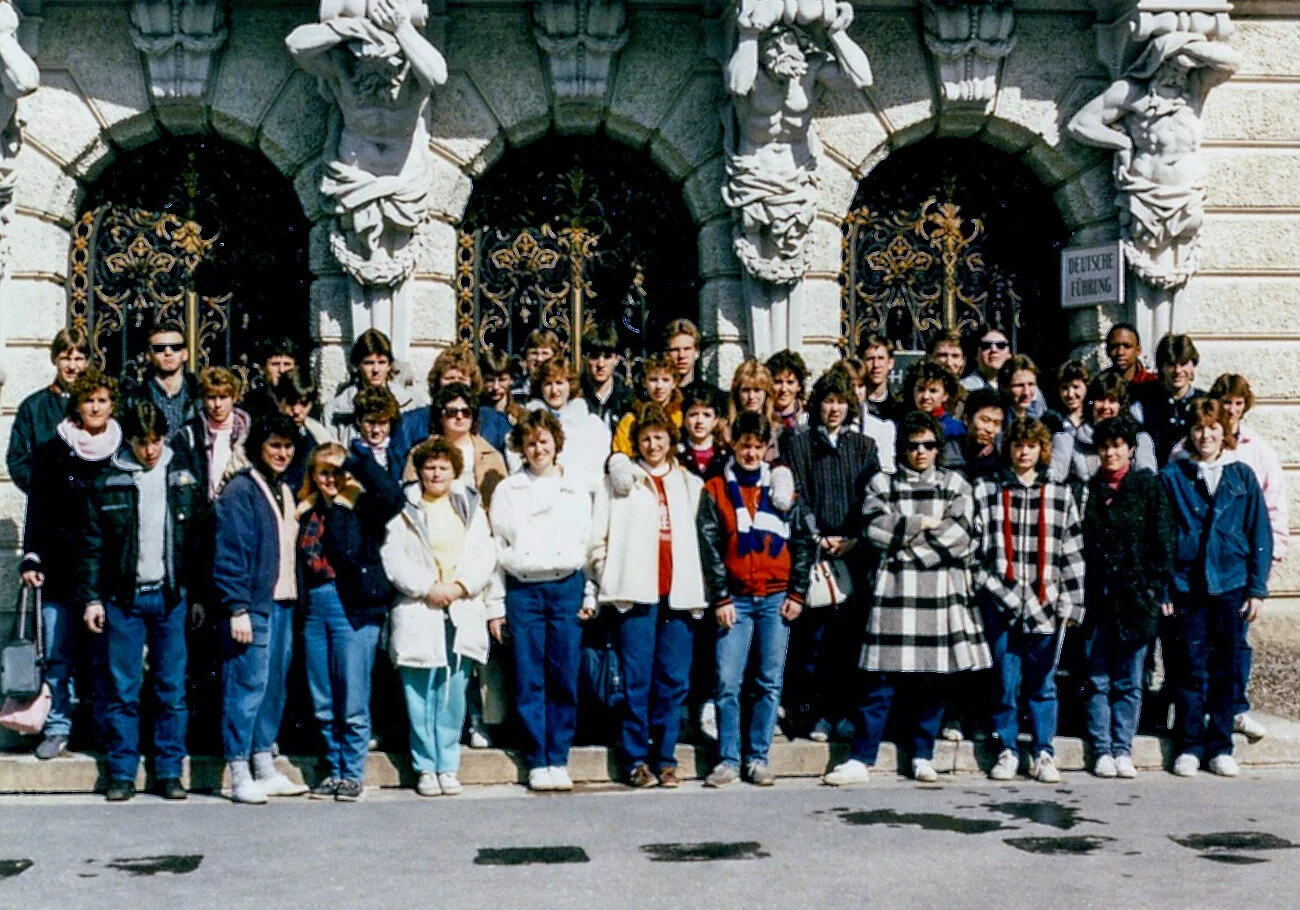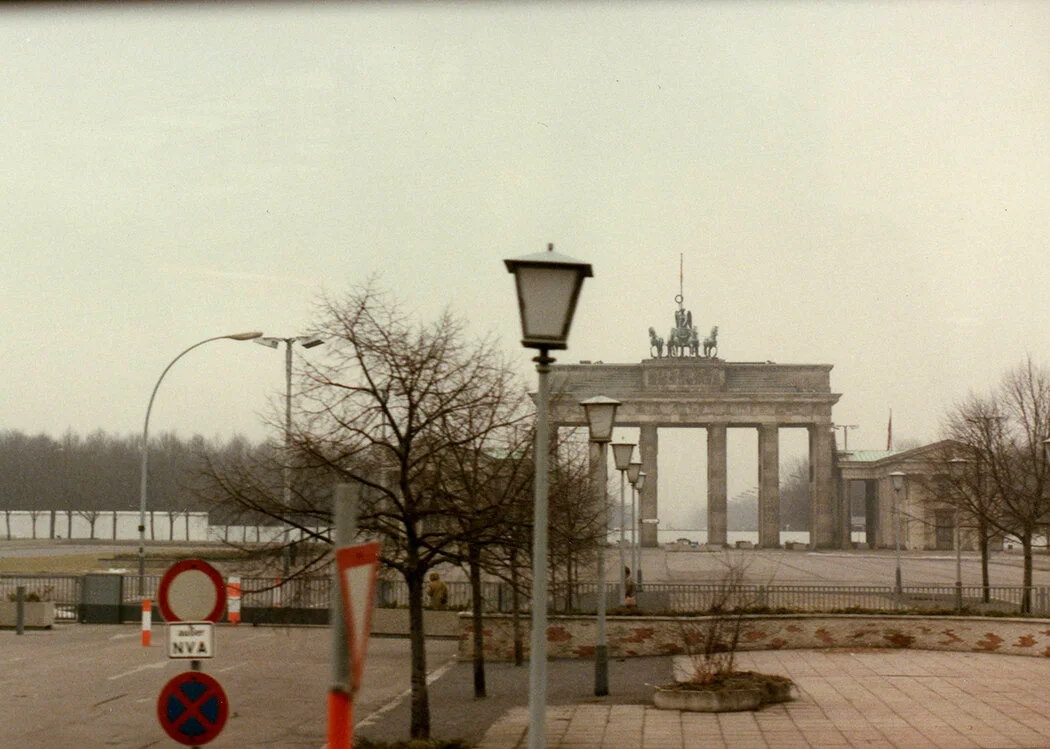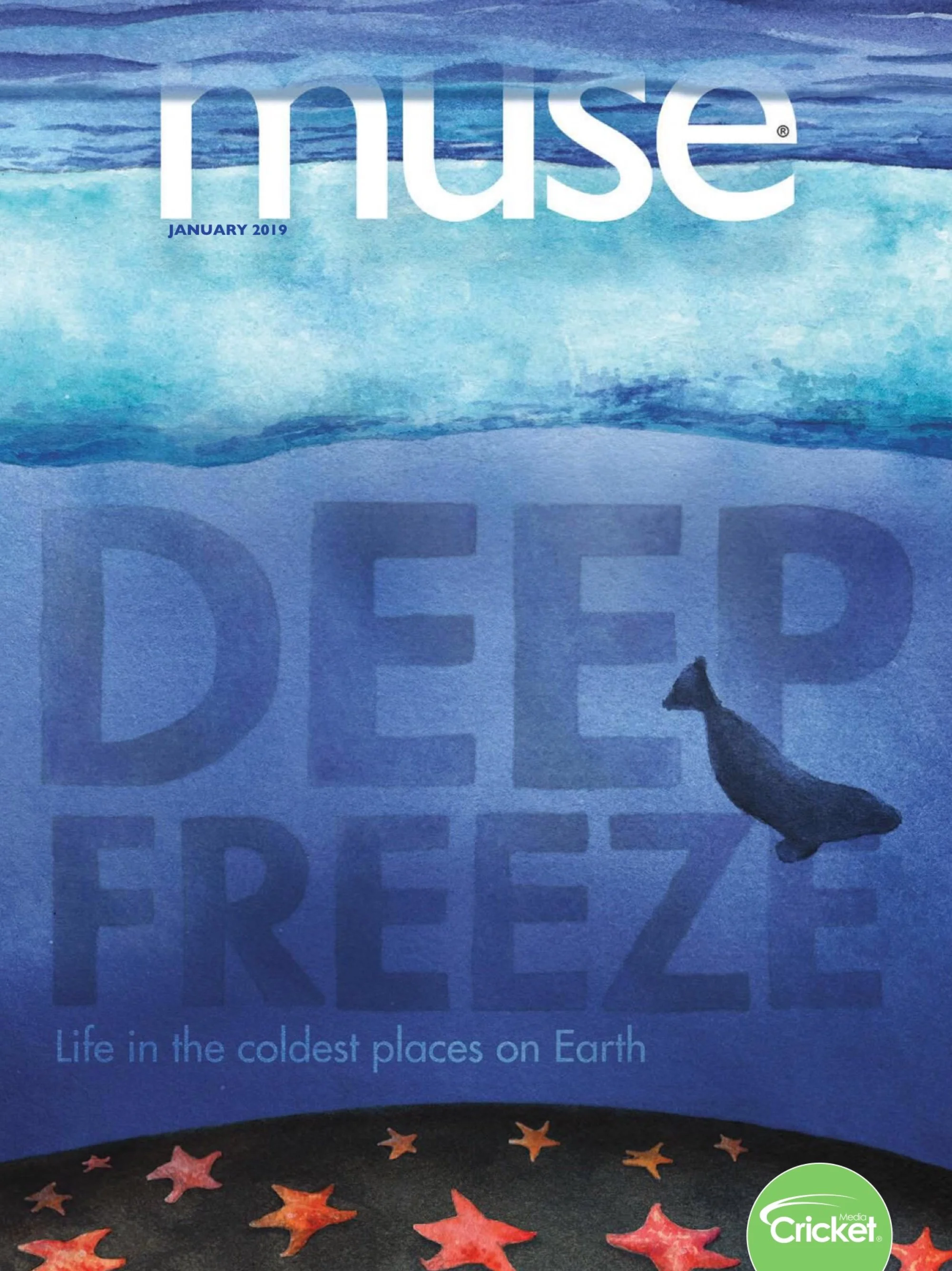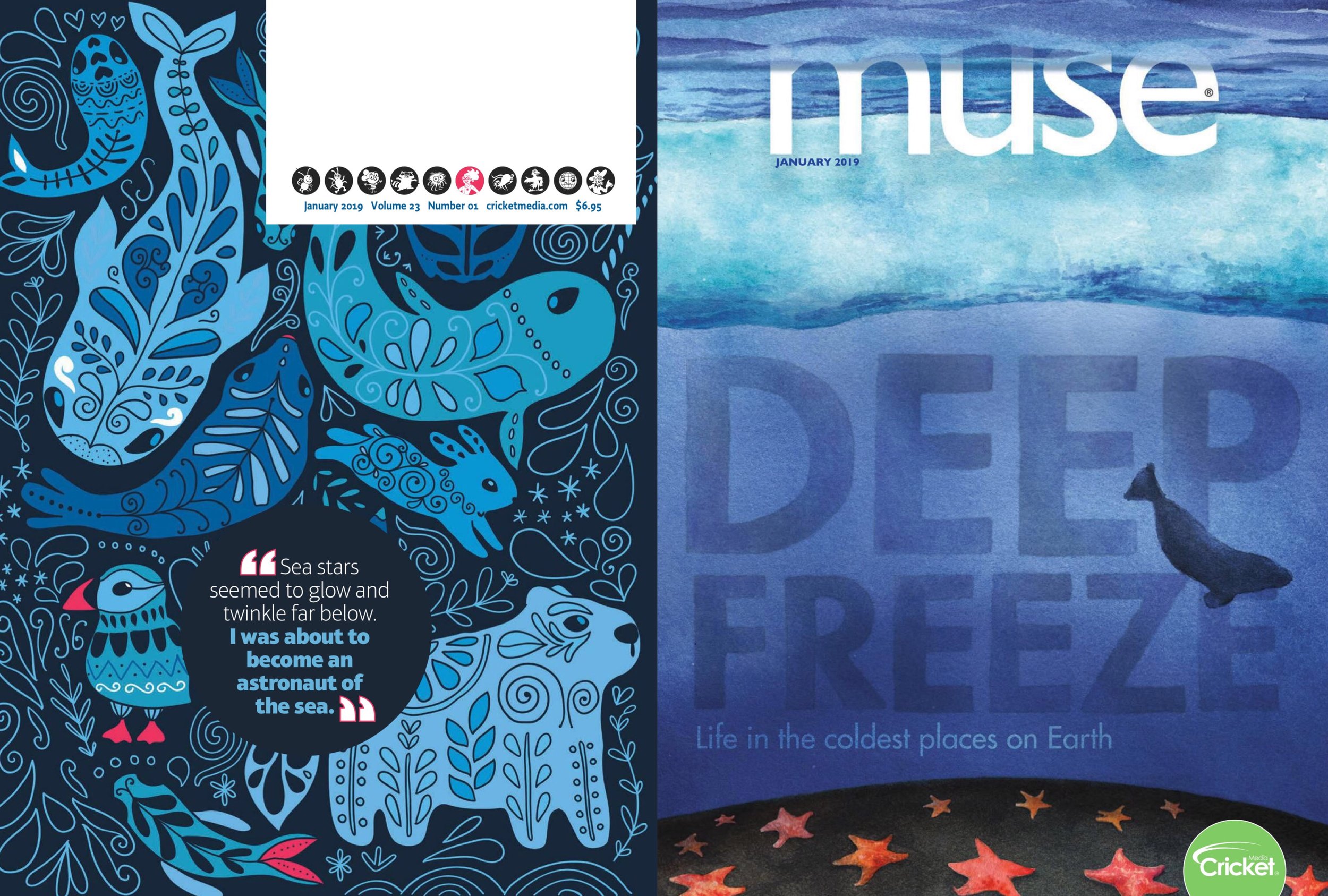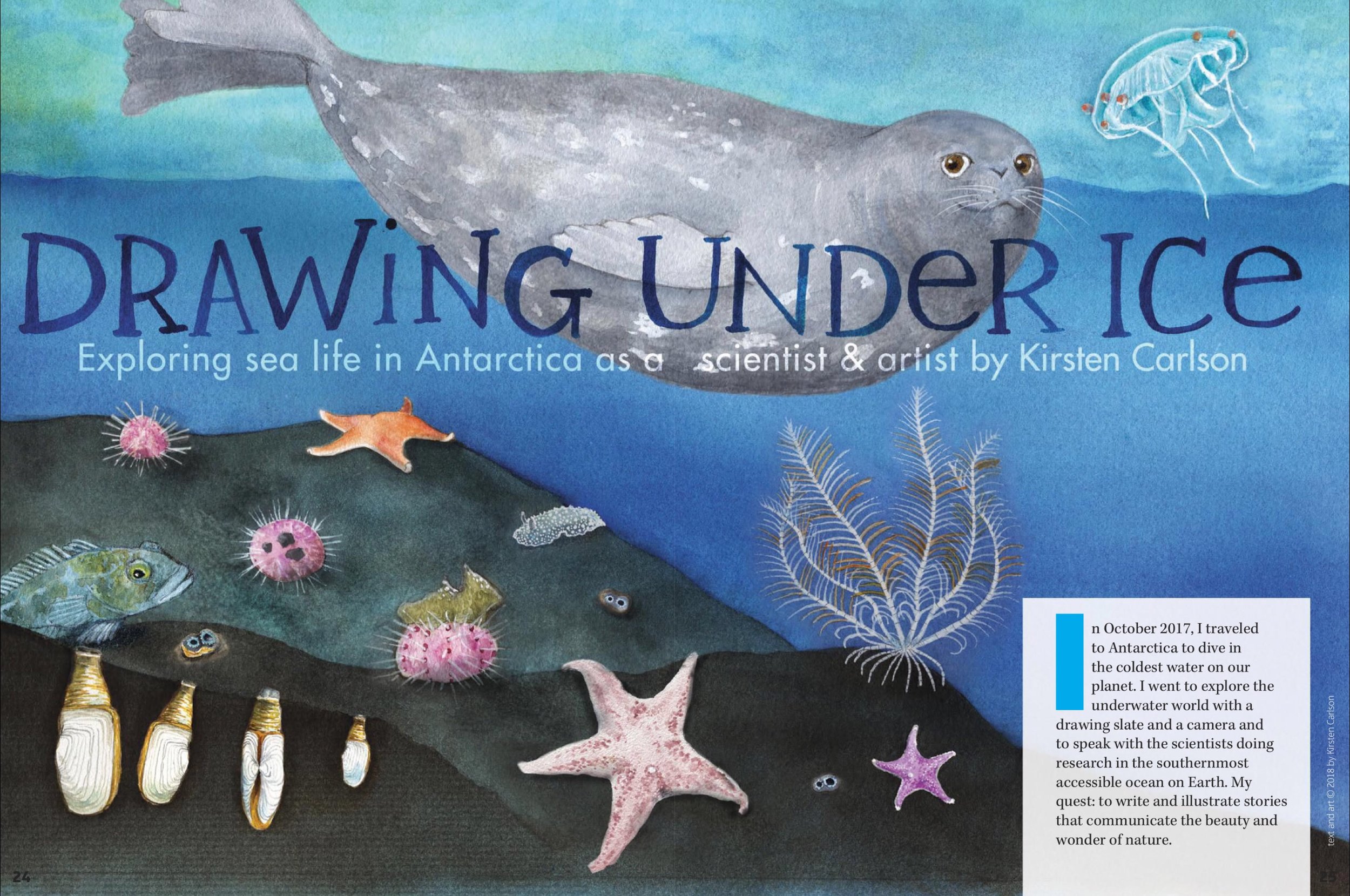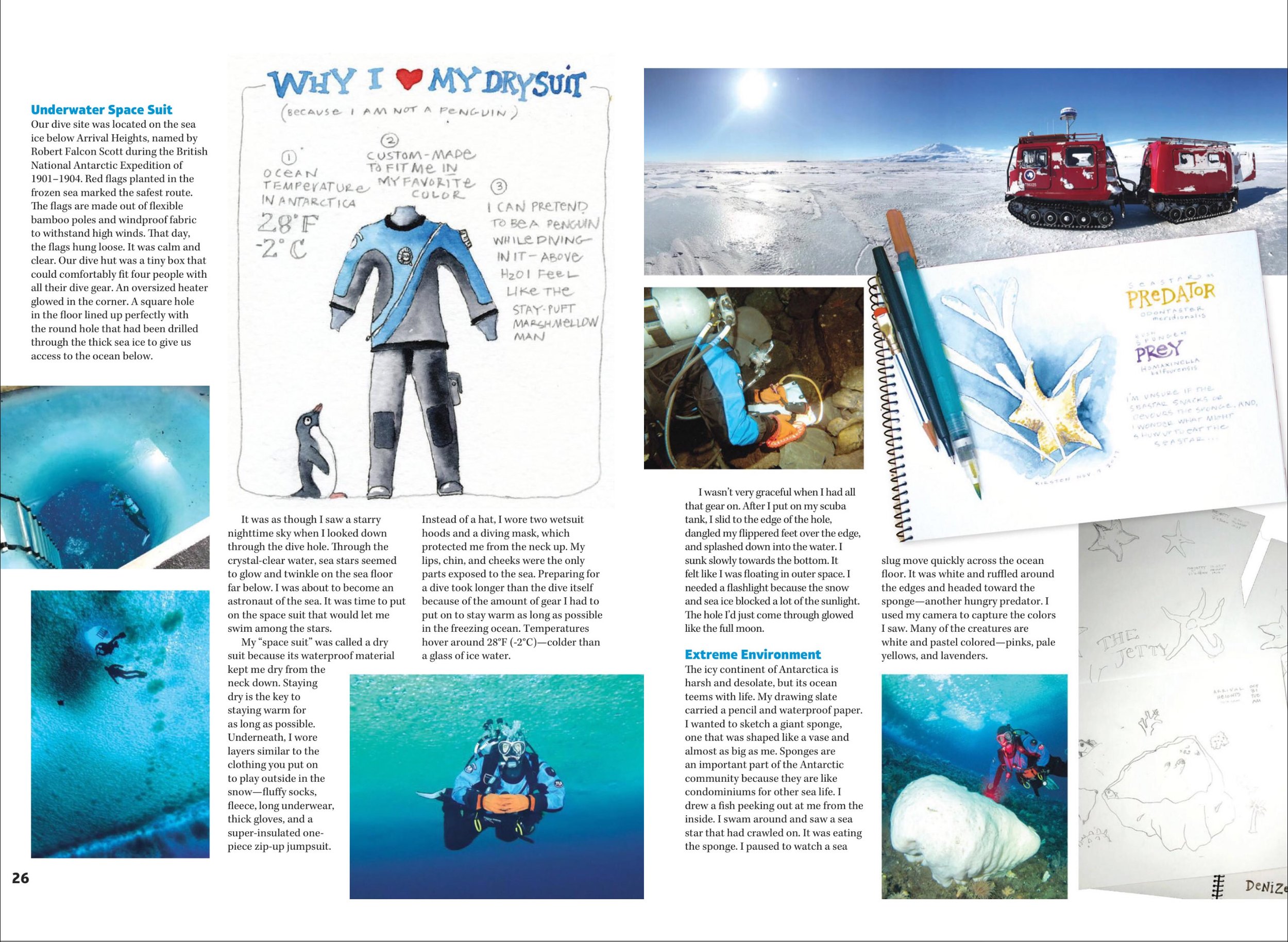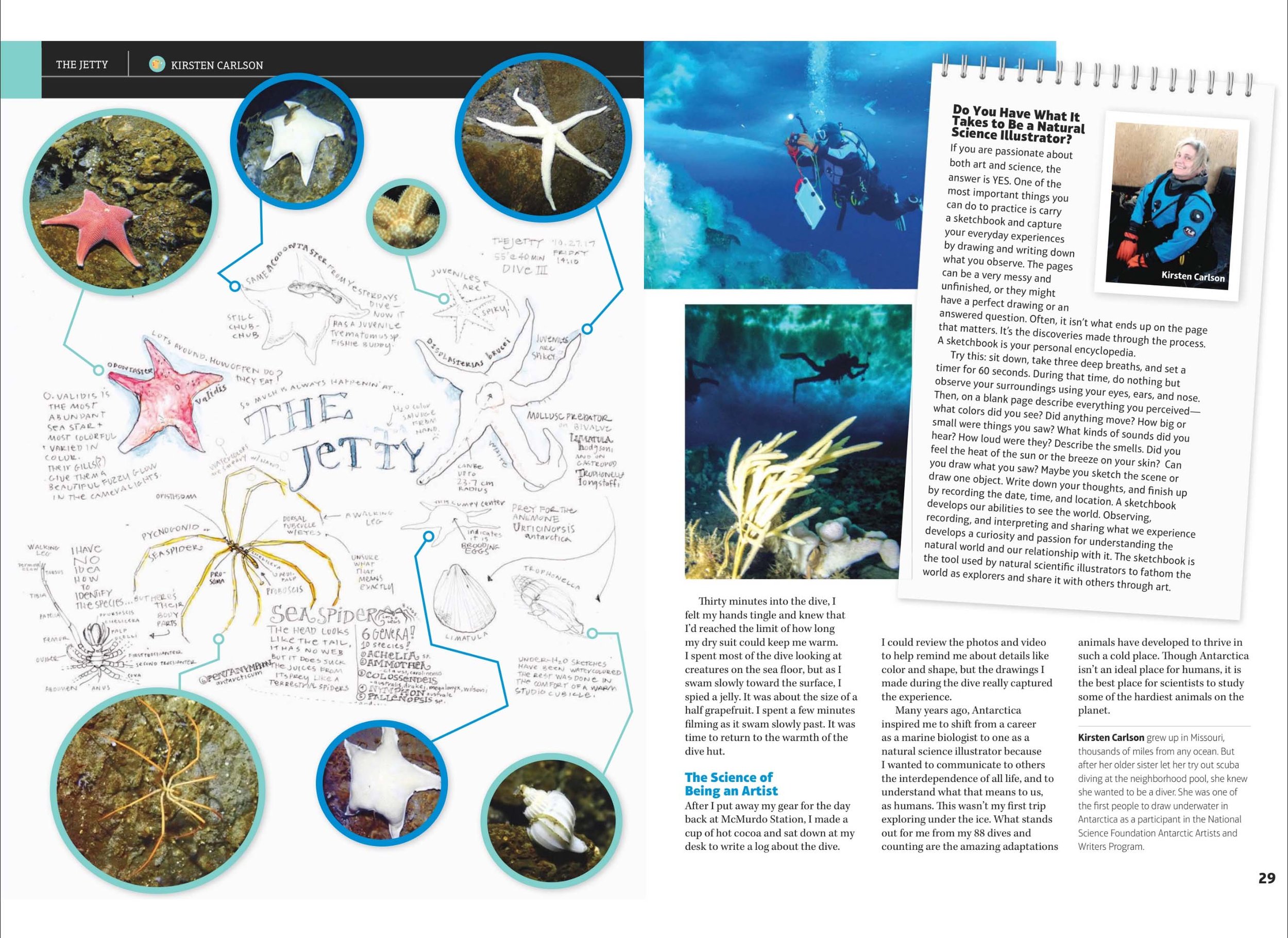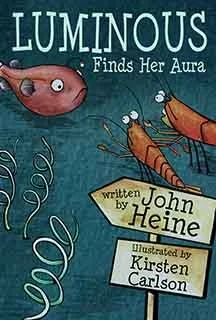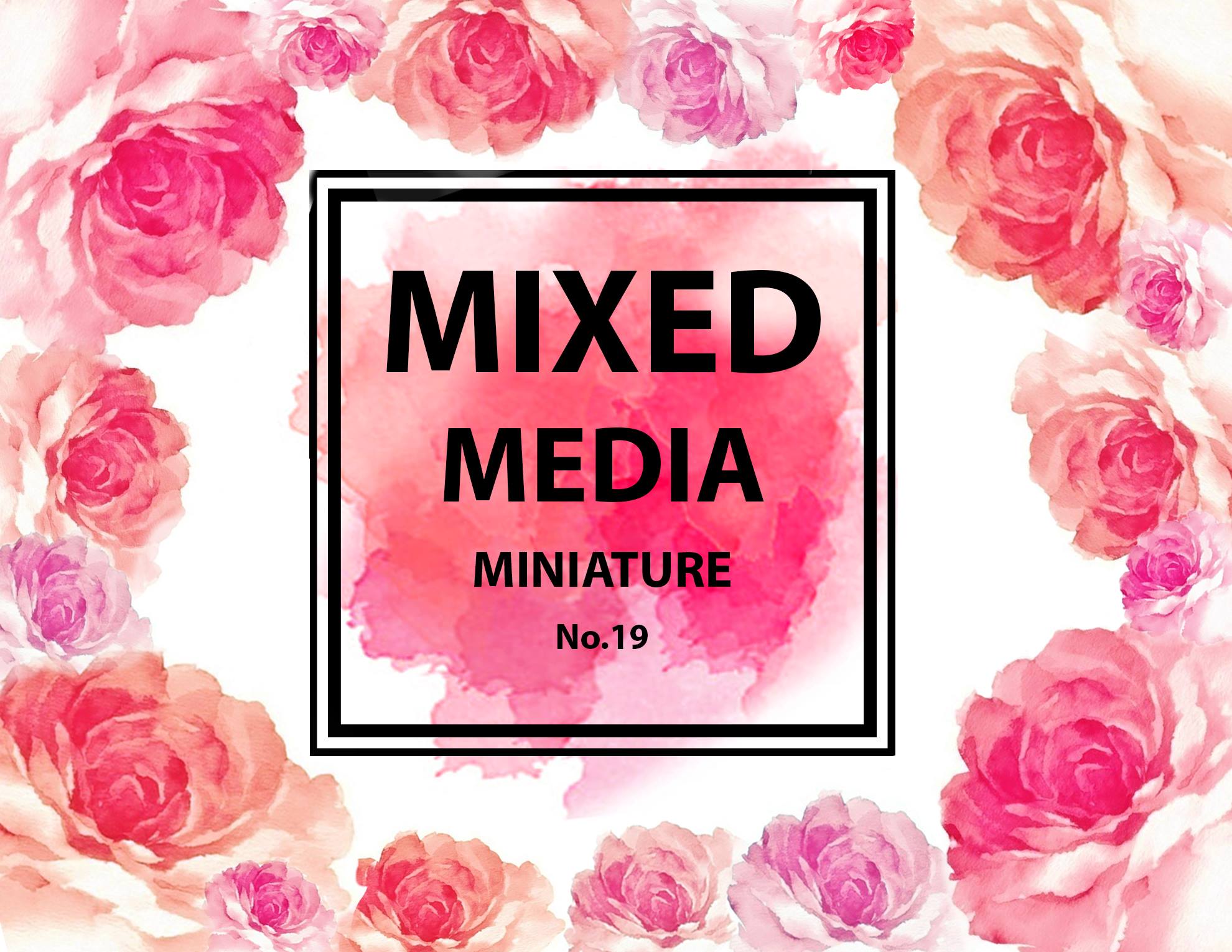This week I’m doing a webinar with fellow Antarctic Artist and Writer, Karen Romano Young. The event will be live and the recording will be available on the AAW Collective website under Adequate Earth Events. It is hosted by SUNY Cobleskill and moderated by Dr. Andrew Gascho Landis.
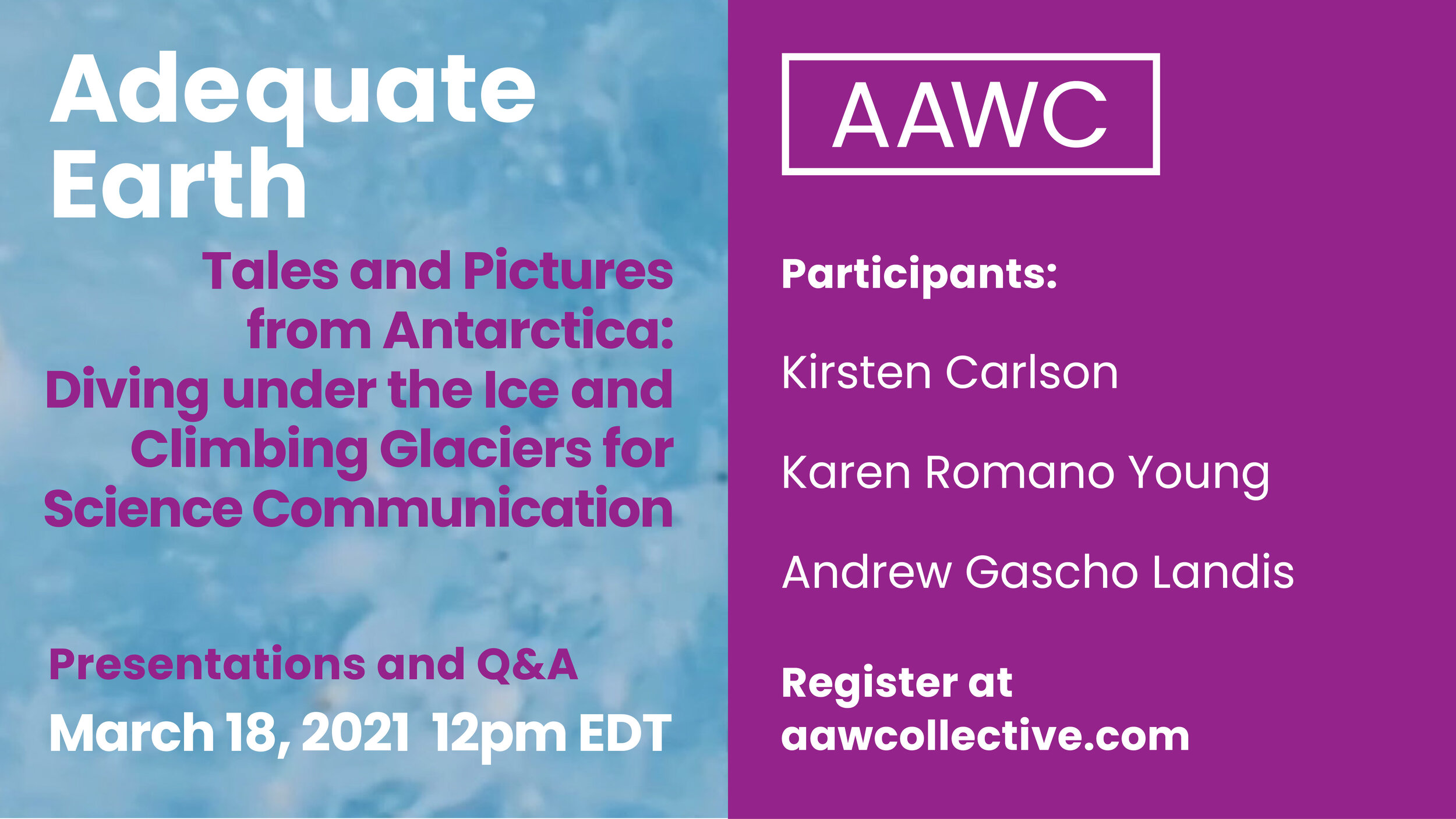
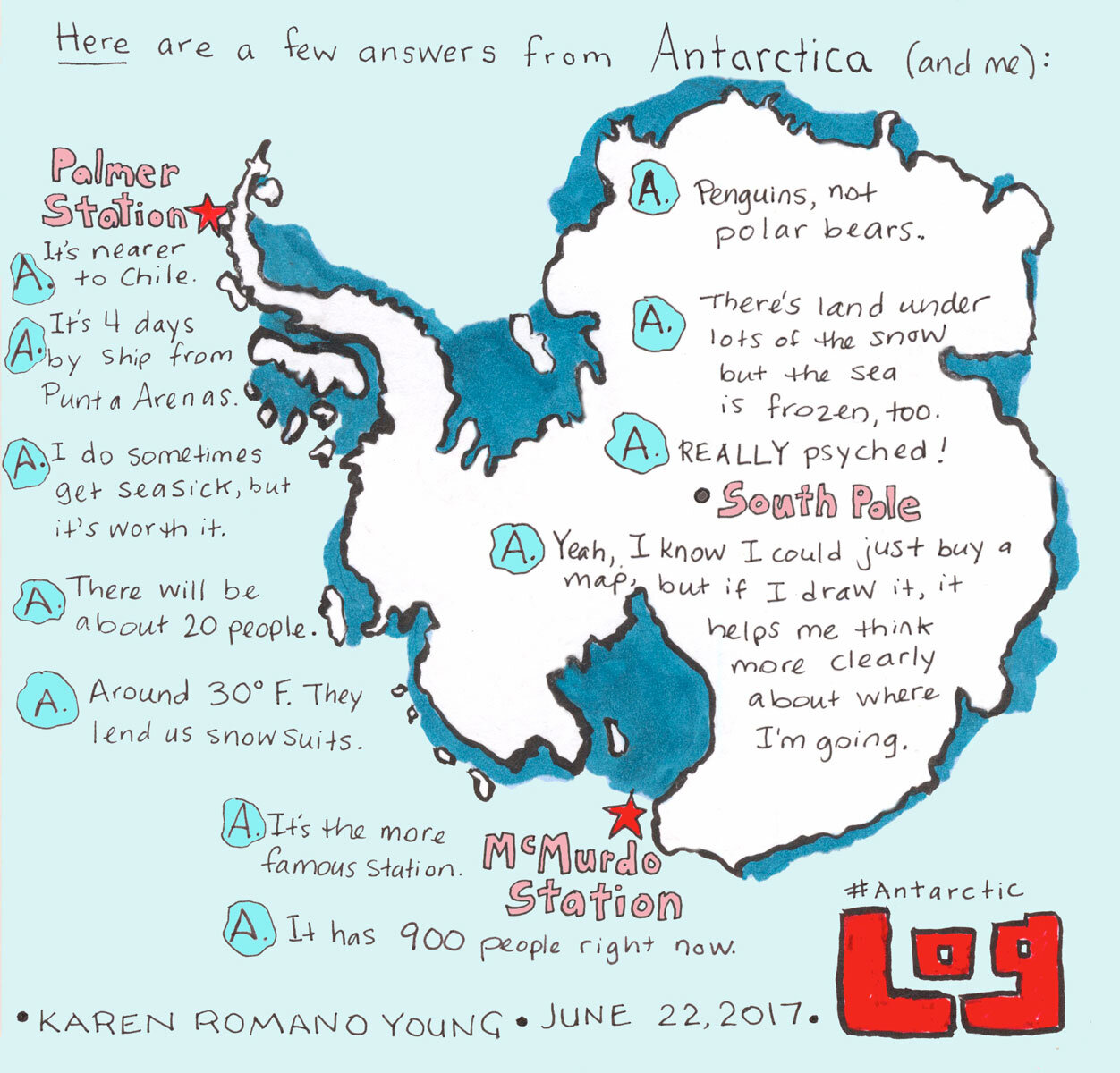
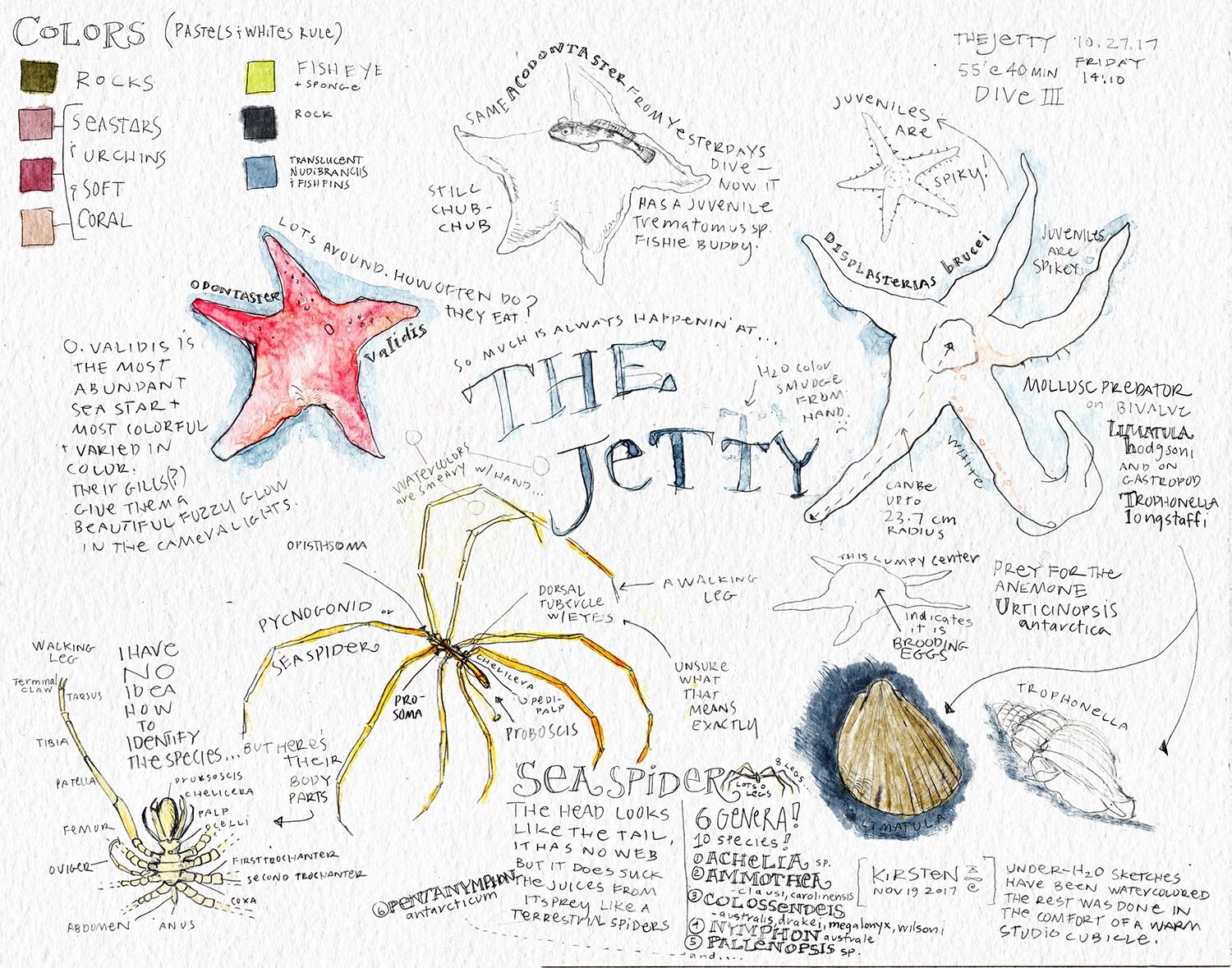
Science communicators have a crucial role in making innovative research conducted on the “continent of science” known and accessible to the public. Deploying multidisciplinary artists who have a specific interest in creating materials and projects that speak to audiences and actively promote the understanding of scientific research in Antarctica has become an essential focus of the National Science Foundation’s Antarctic Artists & Writers program over the past two decades. In their projects, Kirsten Carlson and Karen Romano Young combine illustration and writing to create stories about scientists — their research and their ground-breaking findings. Carlson and Young will present their internet-based projects Fathom Antarctica and #AntarcticLog and discuss their work as mediators between scientific research and the public.
BIOS
Kirsten Carlson is a scientist, graphic artist, and writer based in Stuttgart, Germany. She creates illustrations, posters, and books to educate and inspire the public about ocean research and conservation. Her writing and illustration have been featured in the Census of Marine Life, Monterey Bay Aquarium Research Institute, MUSE Children’s Magazine, and as part of a juried exhibit in Washington D.C. at the headquarters of the American Association for the Advancement of Science. Carlson was a participant in the Antarctic Artists & Writers Program in 2017. She is co-chair of the Antarctic Artists and Writers Collective.
Karen Romano Young is a writer and illustrator, the author of more than two dozen books for young people. Her work in education and outreach has taken her to museums and aquariums around the country. Young has accompanied research cruises in the Arctic for the NASA ICESCAPE mission, in the Antarctic for the International Ocean Discovery Program, and the Pacific for the Extreme Project and Nautilus Live. In 2017, she started her weekly science comic #AntarcticLog as a participant in the Antarctic Artists & Writers Program. Romano Young is currently writing a book about the history and science of Antarctica and a graphic non-fiction book about the deep sea.
Andrew Gascho Landis, Ph.D. is an assistant professor of Environmental Science at the State University of New York at Cobleskill. He earned his Ph.D. from Auburn University in Aquatic Ecology, M.S. from Northern Arizona University in Forest Ecology, and B.A. from Goshen College in Biology. At SUNY Cobleskill he relies on his diverse education and experiences to teach a wide range of courses including Ecological Restoration, Watershed Management, Forest Ecology, and Hydrology. His research focuses on the conservation of freshwater mussels and ecosystem restoration.






